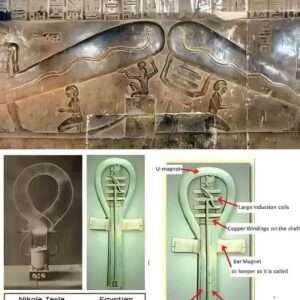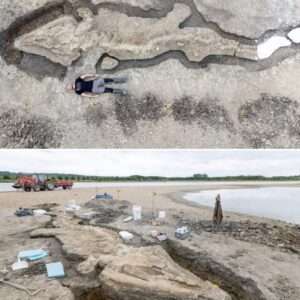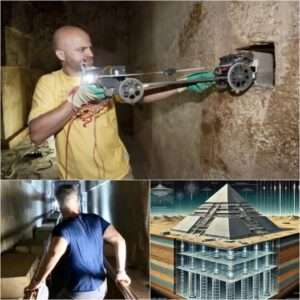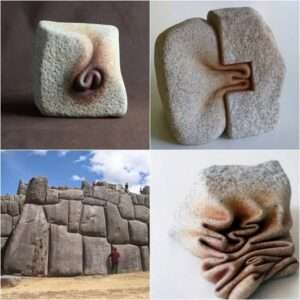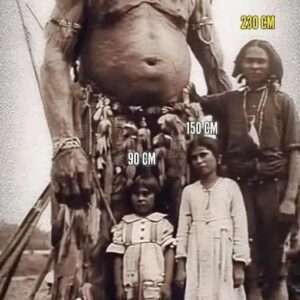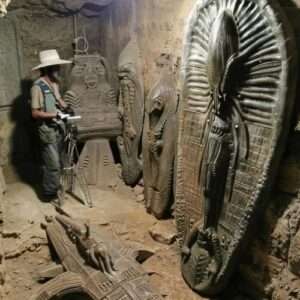Tenochtitlán, distinct from Teotihuacan, stands as one of the most awe-inspiring cities in history, offering a captivating glimpse into a bygone era. Founded around AD 1325 by the Mexica people, the city’s establishment was marked by a legendary vision of an eagle devouring a serpent atop a cactus. Interpreting this as a divine sign, the Mexica chose this spot to establish their city. Over time, Tenochtitlán evolved into the thriving capital of the Aztec Empire, forged by an alliance of three city-states—Tenochtitlán, Tetzcoco, and Tlacopan.

Situated on an island and artificial islands near Lake Texcoco’s western shore, Tenochtitlán boasted innovative causeways and canals for accessibility. At its zenith, the city was home to over 200,000 inhabitants, positioning it among the largest urban centers globally and the foremost in pre-Columbian Americas. Aqueducts ensured a stable water supply, while a bustling marketplace drew in thousands daily. Vibrant with zoos, aquariums, palaces, and pyramid temples, notably the Templo Mayor honoring the deities Huitzilopochtli and Tlaloc, the city was a testament to Aztec ingenuity and craftsmanship.
Upon the Spanish conquistadors’ arrival, the incredulity and astonishment were palpable. Accounts from Bernal Díaz del Castillo reflect the surreal experience—”When we saw so many cities and villages built in the water and other great towns on dry land we were amazed… as it was like the enchantments in the book of Amadis.” The grandeur of the towers and intricate structures emerging from the waters left an indelible impression, challenging the perception of reality.

In 1521, the Spanish forces laid siege to Tenochtitlán, leading to the capture and torment of the Aztec Emperor Cuauhtémoc. Despite enduring intense torture, Cuauhtémoc maintained steadfast silence, refusing to reveal the rumored hoards of gold. His unwavering resolve marked the end of the Aztec rule, with Cuauhtémoc being the last emperor. The subsequent destruction of much of Tenochtitlán and the drainage of the lake gave rise to the modern-day Mexico City, a poignant reminder of the once-majestic city that thrived in its place.
Today, as Mexico City thrives on the remains of Tenochtitlán, we are left to ponder the legacy and grandeur of a city that once stood as a pinnacle of human achievement—a testament to the resilience and innovation of its inhabitants.
